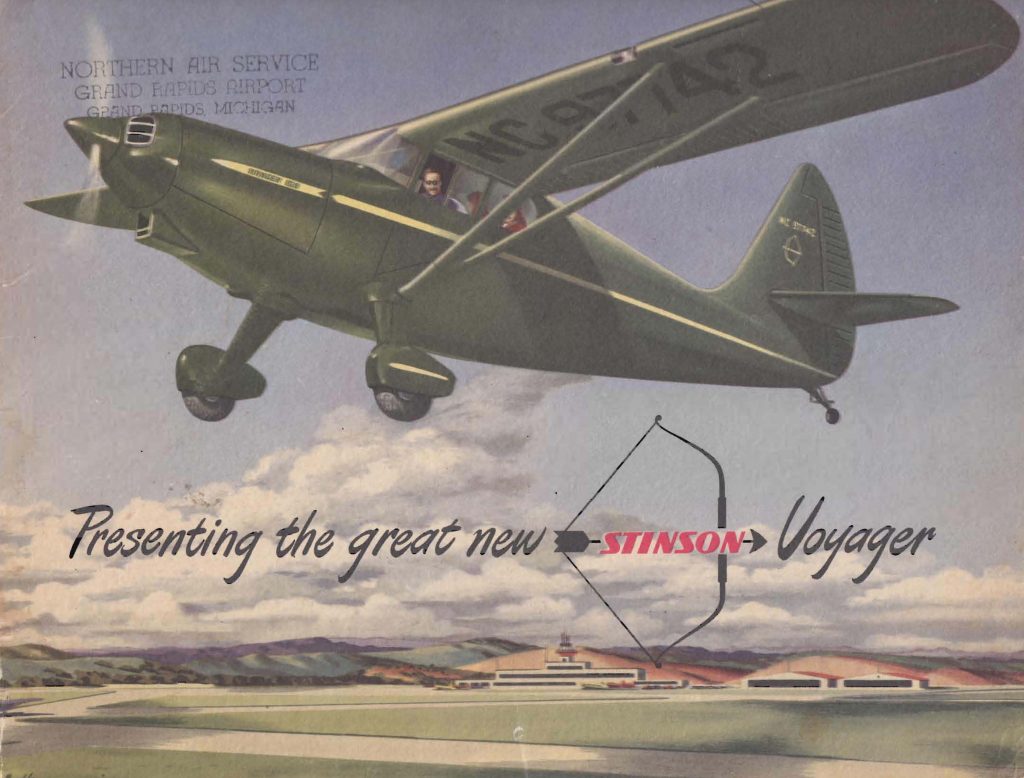Flight training as a business has been going through changes in the past few years. In some respects, it is growing up and becoming a more stable, more mature business offering training for students seeking career pilot employment. These changes are consolidating where training takes place and include fundamental changes in the approach that must be taken to successfully provide career focused training. With these changes there has been a shift away from a traditionally smaller footprint, local airport, business model to one that is focused an economically successful model while continuing to provide output of pilots needed to meet industry pilot hiring needs.
As flight training for career focused pilots funnels more would be professional pilots to academy, collegiate and university, and large footprint training providers, this change allows businesses to actively take advantage of economies of scale in training with respects to overhead, assets utilized in training, and securing of adequate staff to provide the training services.
A realistic evaluation of the flight training business will recognize that the historic methodology of providing training at small scale training providers with minimal flight instructor staff and limited aircraft resources is not able to meet the current modern demand of output for career pilots. Lack of standardization in training, lack of available funding for pilot trainees, and lack of full time instructors to provide training result in training delays and cost increases for customers seeking training. These and other detracting considerations often drive customers seeking professional pilot careers to overlook any convenience that might be gained by training close to home with many smaller scale training providers. Many of these customers now seek training from larger scale training providers, even if it means travelling to the training.
In addition to efficiencies and conveniences provided to customers by larger footprint training providers, many of these providers also have developed strong partnerships with airlines and other professional pilot employing companies. These hiring relationships are developed as employers seek to fill professional pilot positions and develop recruitment relationships with the training providers that are putting out the largest number of certified pilots who may be employable. Doing this allows potential employers to maximize their hiring efforts by recruiting pilots from training providers who are putting out large numbers of applicants (hundreds and in some cases thousands per year) instead of having to visit multiple smaller training providers who are putting out only a few pilots per year, which can increase the human resource cost of recruitment.
As the customer base for training becomes more savvy, these hiring relationships are seen as reasons to seek training from particular training providers and the market of customers further funnels from local small scale training providers to larger providers. Some of these providers have national scale training operations. Continue reading


